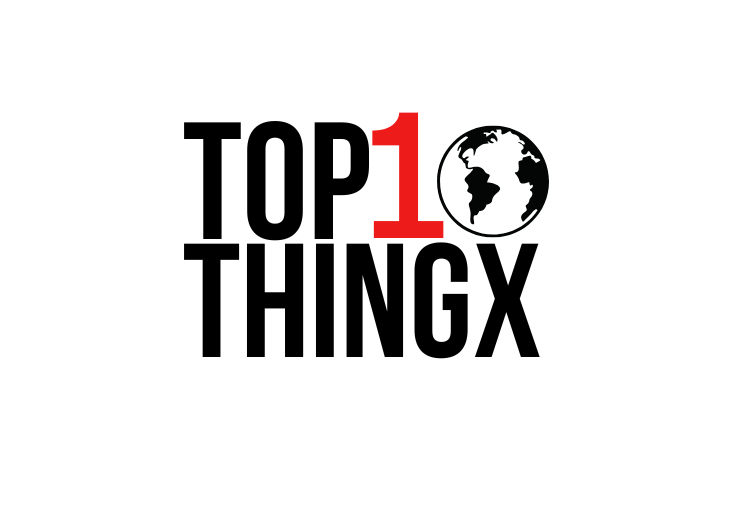9 Things I’ve Learned from Speed Training in Adulthood
Speed training is often associated with youth and elite athletes, but embracing it in adulthood has its own unique rewards. As someone who decided to take on speed training later in life, I’ve discovered many valuable lessons that go beyond just physical fitness. Here are the nine key takeaways from my journey. Rediscovering the Joy of Movement One of the first things I noticed when I began speed training was the sheer joy of moving my body quickly and efficiently. It was like rediscovering a part of my childhood that had been forgotten. Speed training isn’t just about running fast; it’s about feeling free and powerful. This newfound joy motivated me to keep going, even when the workouts were tough. The Importance of Proper Warm-Up A proper warm-up is crucial, especially as we get older. I learned this the hard way. Skipping warm-ups led to stiffness and minor injuries. A good warm-up prepares your muscles, joints, and cardiovascular system for the intense effort ahead. It also mentally gears you up for the session. Dynamic stretches and light cardio have become my go-to warm-up routine. Building Mental Toughness Speed training is as much a mental challenge as it is a physical one. Pushing your body to its limits requires a strong mind. There were times when I wanted to give up, but I learned to push through those mental barriers. This mental toughness has translated into other areas of my life, making me more resilient and determined. Listening to Your Body In our younger years, we often take our bodies for granted. Speed training in adulthood has taught me the importance of listening to my body. This means recognizing when to push harder and when to rest. Ignoring pain or fatigue can lead to serious injuries. Learning to interpret the signals your body sends is a crucial skill for any athlete. The Role of Consistency Consistency is key to improvement in any fitness regimen. Speed training is no different. It’s not about how hard you train on a single day but how consistently you train over weeks and months. I set a schedule and stuck to it, which helped me see gradual but steady progress. Incorporating Variety in Training Doing the same sports repeatedly can lead to burnout and plateauing. I found that incorporating variety into my speed training kept it interesting and effective. This included different types of sprints, intervals, and even some agility drills. Variety not only kept me engaged but also helped in working different muscle groups and improving overall athleticism. Setting Realistic Goals Setting realistic and achievable goals is vital. When I first started, I aimed for the stars and quickly realized that my goals were too ambitious. I learned to set smaller, incremental goals that were challenging yet attainable. This approach kept me motivated and provided a sense of accomplishment as I reached each milestone. The Social Aspect Speed training can be a solitary endeavor, but it doesn’t have to be. Joining a running group or finding a training partner made a significant difference. The social aspect brought accountability and a sense of community. Encouragement from peers can be a powerful motivator, and sharing progress with others adds to the joy of the journey. Embracing the Process Over Results Finally, one of the most profound lessons was embracing the process over the results. Initially, I was fixated on achieving specific times and benchmarks. Over time, I learned to enjoy the process itself—the daily practice, the small improvements, and the sense of discipline it fostered. This shift in focus made training more enjoyable and sustainable. Speed training in adulthood has been a transformative experience. It has taught me valuable lessons about joy, discipline, and resilience. Whether you’re looking to get faster or simply add a new dimension to your fitness routine, speed training offers benefits that extend beyond the track. Frequently Asked Questions Why is a warm-up so important for adult speed training? A proper warm-up is crucial for adults to prevent stiffness and minor injuries. It prepares your muscles, joints, and cardiovascular system for the intense effort of speed training. Does speed training have to be a solitary activity? No, speed training does not have to be solitary. The article suggests that joining a running group or finding a training partner adds a social aspect, which provides accountability, community, and powerful motivation. What is the key to seeing consistent improvement in speed? The key is consistency. Progress is achieved not by how hard you train on one specific day, but by consistently sticking to your training schedule over a period of weeks and months. A proper warm-up is crucial for adults to prevent stiffness and minor injuries. It prepares your muscles, joints, and cardiovascular system for the intense effort of speed training. No, speed training does not have to be solitary. The article suggests that joining a running group or finding a training partner adds a social aspect, which provides accountability, community, and powerful motivation. The key is consistency. Progress is achieved not by how hard you train on one specific day, but by consistently sticking to your training schedule over a period of weeks and months.










